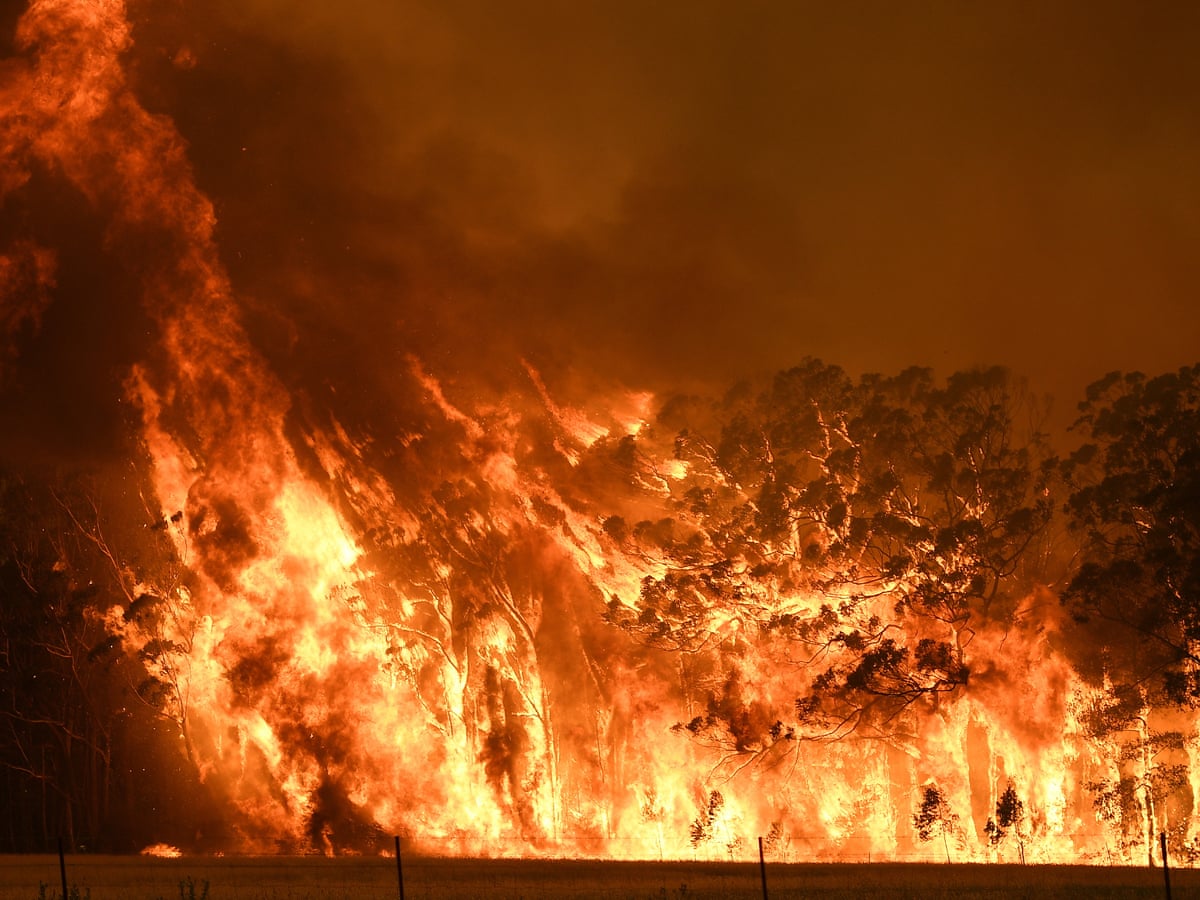Professional Insights: Why Every Property Owner Demands a Detailed BAL Report
Professional Insights: Why Every Property Owner Demands a Detailed BAL Report
Blog Article
Navigating Bush Fire Protection Laws With BAL Report
Central to this undertaking is the Bushfire Attack Degree (BAL) record, a vital paper that assesses the potential exposure of a residential or commercial property to bushfire. By delving right into the complexities of BAL evaluations and their effects for building conformity, stakeholders can proactively take care of bush fire dangers and secure homes against potential risks.
Comprehending Bush Fire Defense Regulations
To effectively browse the complexities of bush fire security policies, it is necessary to have a clear understanding of the governing standards and needs in position. Bush fire defense guidelines are essential for guarding residential properties and lives in areas susceptible to bushfires. These policies develop the standards and methods that residential property owners have to comply with in order to alleviate the threats connected with bushfires.

Significance of BAL Assessments
Understanding the importance of BAL analyses is pivotal in ensuring compliance with bush fire protection regulations and properly minimizing the threats connected with bushfires. BAL analyses, which figure out the Bushfire Assault Degree of a home, are vital for designing proper bush fire defense measures tailored to the certain risk profile of the site. By reviewing aspects such as plants type, distance to possible fire hazards, and incline of the land, BAL analyses offer important understandings right into the level of danger a property deals with during a bushfire event.

Implications for Structure Conformity
Browsing via structure conformity requirements in conformity with BAL evaluations is important for ensuring structures are appropriately fortified against the dangers postured by bushfires. Structures that fall short to satisfy the required conformity requirements are at a greater danger of enduring damages or damage throughout a bushfire occasion.
Ensuring building conformity entails mindful preparation, building, and upkeep to alleviate the potential impact of bushfires. It needs an extensive understanding of the BAL rating assigned to the building and applying the suitable actions to improve its fire defense capacities.
Taking Care Of Shrub Fire Dangers Efficiently
Provided the critical significance of structure compliance in fortifying structures versus bushfire risks, successfully taking care of these threats needs a detailed technique that focuses on positive mitigation techniques. To start, conducting detailed risk analyses is vital. Recognizing the particular vulnerabilities of a home in connection with bushfires enables tailored risk reduction strategies. This involves studying factors such as the property's area, bordering plant life, topography, and dominating weather. Carrying out proper plant life monitoring strategies is another essential element of effective risk management. Clearing up combustible vegetation, developing defensible areas, and guaranteeing proper upkeep can substantially reduce the danger of fire spreading out to the residential property. Moreover, purchasing fire-resistant structure materials and building strategies can enhance the structure's capability to endure go ash strikes and direct flame get in touch with. Additionally, creating and practicing an emergency situation action strategy is vital for making sure that citizens recognize exactly how to respond promptly and safely in case of a bushfire. By combining these proactive actions, homeowner can efficiently manage bushfire risks and enhance the safety and security of their structures and owners.
Practical Tips for Homeowners and Developers
Successfully managing bushfire risks as a homeowner or developer requires executing practical mitigation approaches customized to the property's certain susceptabilities and environments. One critical suggestion is to keep a properly maintained defensible space around structures, typically a minimum of 30 meters in high-risk locations. This area must be clear of combustible plants, particles, and other flammable products that could potentially fuel a fire. Additionally, selecting fireproof structure products can considerably boost the building's ability to endure ember attacks and direct fire get in touch with. Making sure that walls, home windows, and roofs are created or upgraded to meet appropriate bushfire protection requirements is crucial.
In addition, producing an emergency situation strategy and practicing emptying drills with household employees, participants, or tenants can save lives in the event of a bushfire. Staying informed about neighborhood fire danger rankings, climate condition, and emergency situation informs is likewise vital for making prompt choices additional reading to protect life and home. Engaging with local fire authorities, community groups, and professionals experienced in bushfire management can supply valuable assistance and support in creating detailed bushfire defense methods.
Final Thought
Finally, navigating bush fire security laws with a BAL report is important for guaranteeing building compliance and taking care of bush fire risks effectively. Comprehending the value of BAL assessments and adhering to functional pointers can help developers and property owners mitigate the effect of bush fires. By sticking to these laws and taking essential precautions, people can create more secure environments on their own and their communities.
Trick parts of bush fire protection regulations include the Bushfire Assault Level (BAL) assessment, which figures out the level of risk a residential or commercial property deals with from bushfires. BAL evaluations, which figure out the Bushfire Strike Level of a building, are essential for developing suitable bush fire defense steps tailored to the particular risk account of the site. By reviewing aspects such as plant life kind, range to prospective fire risks, and slope of the land, BAL evaluations give valuable understandings into the level of threat a residential property faces during a bushfire event.

In final thought, browsing bush fire security policies with a BAL report is important for making sure structure compliance and handling bush fire check my site dangers successfully.
Report this page